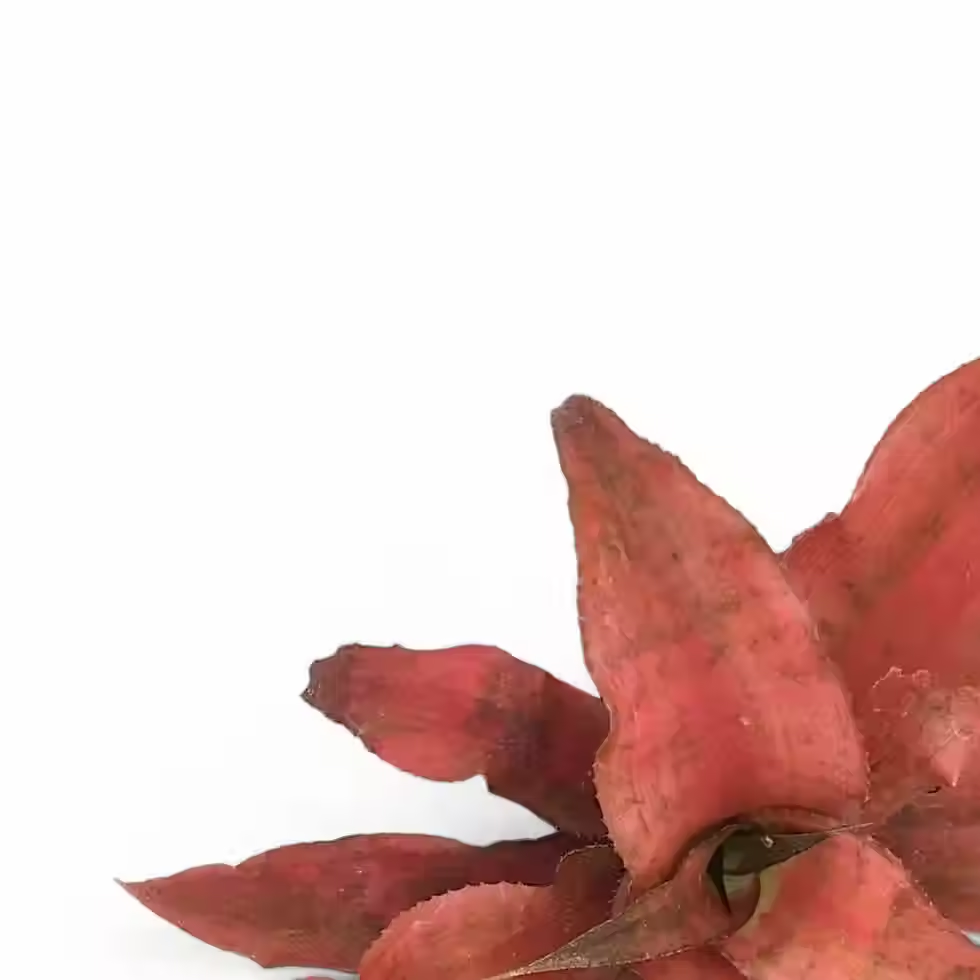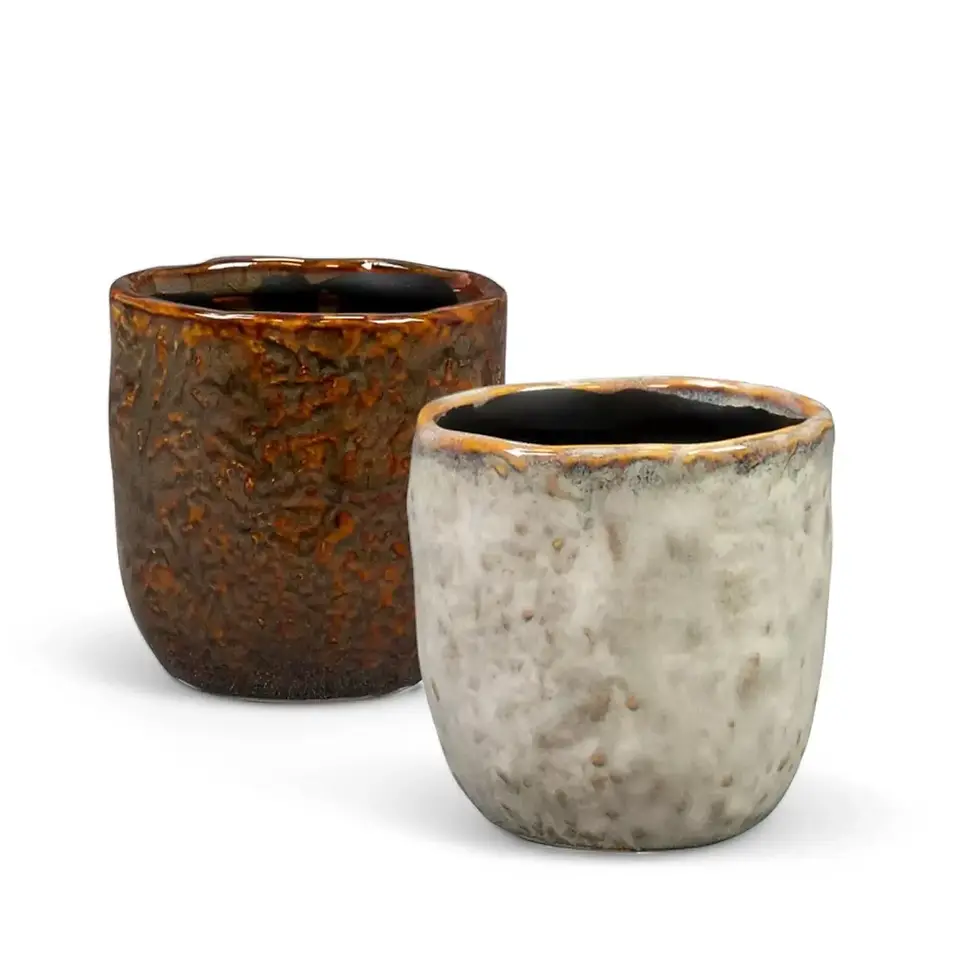Delosperma echinatum - Comprehensive Care Guide and Essential Information
Delosperma echinatum, commonly known as the Pickle Plant, is a striking succulent with unique, bristly green leaves that resemble tiny pickles. Native to South Africa’s Eastern Cape, it thrives in arid conditions, making it an easy-care houseplant suited for beginners and seasoned collectors alike. Its small, barrel-shaped leaves store water efficiently, reducing the need for frequent watering. During warm months, it produces delicate yellow or white daisy-like flowers that open in response to sunlight. With a compact, trailing growth habit, this succulent is ideal for pots, hanging baskets, or as part of a drought-tolerant indoor plant collection.
Why Choose Delosperma echinatum?
- Compact Growth: Reaches up to 45 cm in height with a spreading habit.
- Fleshy, Textured Leaves: Unique bristly, fleshy leaves store water, making it highly drought-resistant.
- Bright Blooms: Small, yellow or white flowers appear in warm temperatures, adding seasonal interest.
- Low Maintenance: Requires minimal watering and thrives in bright conditions.
- Safe for Pets: Non-toxic and suitable for households with animals.
Delosperma echinatum Natural Habitat and Growth Information
- Native Habitat: Found in South Africa’s Eastern Cape, thriving in rocky, well-draining soils with low organic matter.
- Growth Rate: Moderately fast-growing under ideal conditions. New growth emerges quickly in spring and summer when warmth and sufficient light are provided.
- Temperature Preference: Prefers temperatures between 15-30°C with low to moderate humidity.
- Seasonal Growth Cycle: Growth slows significantly in winter, requiring adjustments in watering and fertilizing.
How to Care for Delosperma echinatum
→ Light Requirements
- Requires bright, indirect light to full sun.
- Thrives with 4-6 hours of direct sunlight daily but can tolerate partial shade.
- Indoors, place near a south- or west-facing window or supplement with a grow light.
→ Watering
- Allow the soil to dry out completely between waterings.
- Water deeply but infrequently, ensuring excess moisture drains out.
- In summer, water every 1-2 weeks depending on humidity levels.
- Reduce watering to once a month or less during winter dormancy.
→ Temperature and Humidity
- Prefers warm conditions (15-30°C).
- Not frost-hardy—avoid exposure to temperatures below 5°C.
- Thrives in low to moderate humidity. High humidity can lead to fungal issues, so ensure proper ventilation.
→ Soil and Pot Choice
- Requires a well-draining soil mix. Use a cactus/succulent blend or amend coconut coir with sand, perlite, or pumice.
- Repot every 2-3 years when roots outgrow the container.
- Use a terracotta or unglazed ceramic pot with drainage holes to prevent excess moisture retention.
→ Fertilizing
- Feed with a diluted cactus/succulent fertilizer once a month during spring and summer.
- Avoid fertilizing in autumn and winter.
→ Propagation
- Easily propagated from stem cuttings.
- Allow cuttings to dry for 24-48 hours before planting in dry, well-draining soil.
- Roots typically form within 2-3 weeks.
→ Semi-Hydro Adaptation
- Can adapt to semi-hydroponics using LECA, provided excess moisture is avoided.
→ Pruning
- Trim leggy or overgrown stems to maintain a compact shape.
- Removing spent flowers and damaged leaves encourages new growth.
Common Issues and Solutions for Delosperma echinatum
→ Pests
- Mealybugs, spider mites, and aphids may appear in dry conditions.
- Treat infestations with insecticidal soap , neem oil, or use beneficial insects.
→ Root Rot
- Caused by overwatering or poor drainage.
- Use well-draining soil and allow soil to dry between waterings.
→ Leaf Issues
- Wrinkled, shriveled leaves: Indicate underwatering—slightly increase watering.
- Mushy, yellowing leaves: Signal overwatering—allow soil to dry completely before watering again.
- Leaf drop: Can result from sudden temperature changes or prolonged underwatering.
→ Fungal Problems
- High humidity and stagnant air can encourage fungal growth.
- Improve air circulation and avoid wetting leaves when watering.
→ Leggy Growth
- Insufficient light can cause stretching.
- Move the plant to a brighter location with more direct sunlight exposure.
Additional Considerations
- Air Circulation: Benefits from good airflow to prevent fungal issues.
- Drought Tolerance: Can survive extended dry periods but thrives with occasional deep watering.
- Companion Planting: Pairs well with other drought-tolerant succulents such as Haworthia, Echeveria, and Sedum.
Etymology
- Genus Name (Delosperma): Derived from Greek, meaning “visible seeds,” referring to the exposed seed capsules characteristic of this genus.
- Species Name (echinatum): From Latin “echinatus,” meaning “spiny” or “bristly,” referencing the fine, hair-like structures covering its leaves.
- First Described: Initially classified by Jean-Baptiste Lamarck and later reassigned by Martin Heinrich Gustav Schwantes in 1927.
Order Your Delosperma echinatum Today!
This low-maintenance, drought-tolerant succulent is perfect for any indoor plant collection. Buy now and enjoy its unique, fuzzy leaves and delicate blooms with minimal care!
Delosperma echinatum
Delosperma echinatum comes in following sizes:
Baby Plant – is approximately 10 cm tall and comes in a ⌀ 5 cm pot

























































